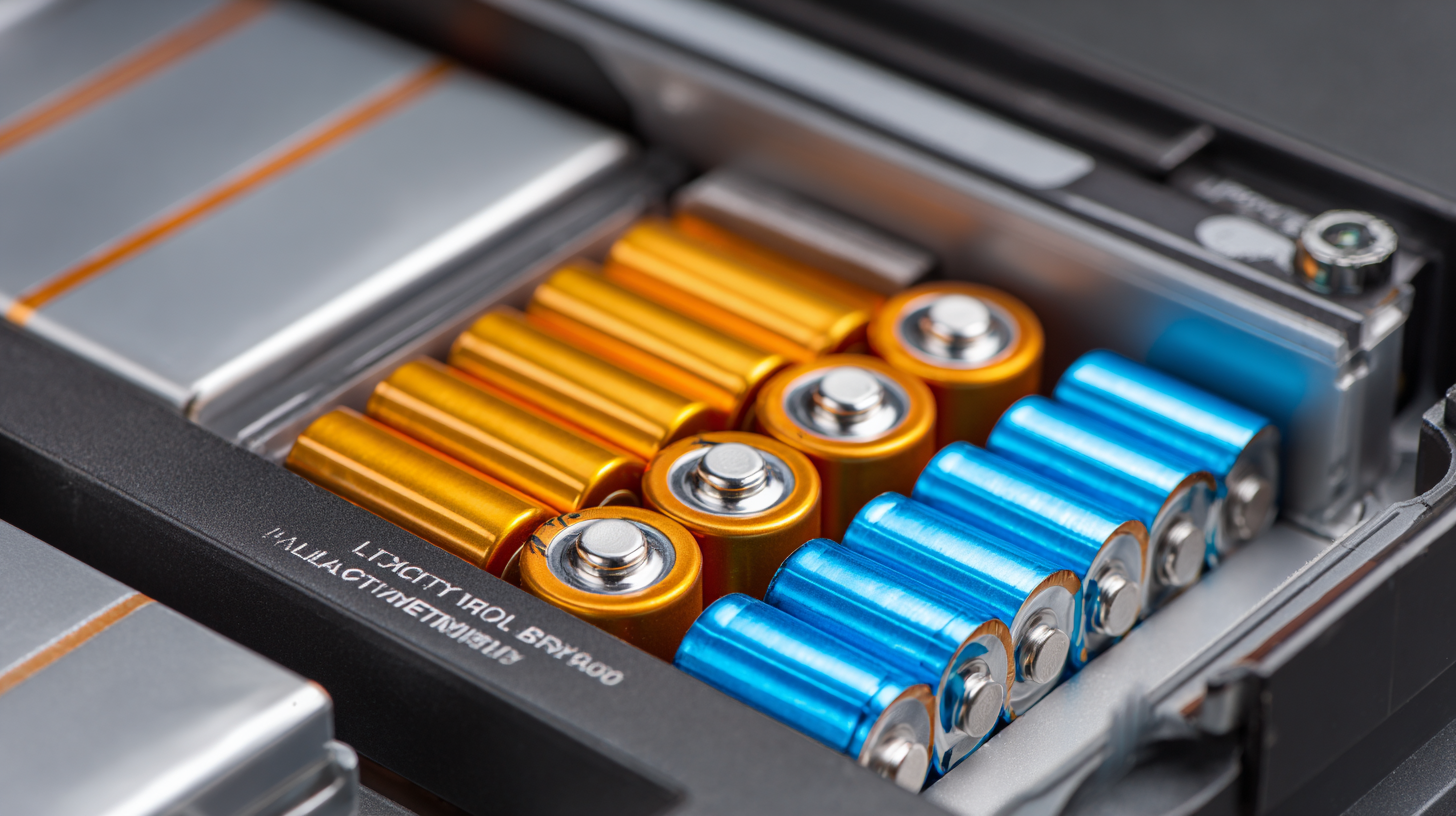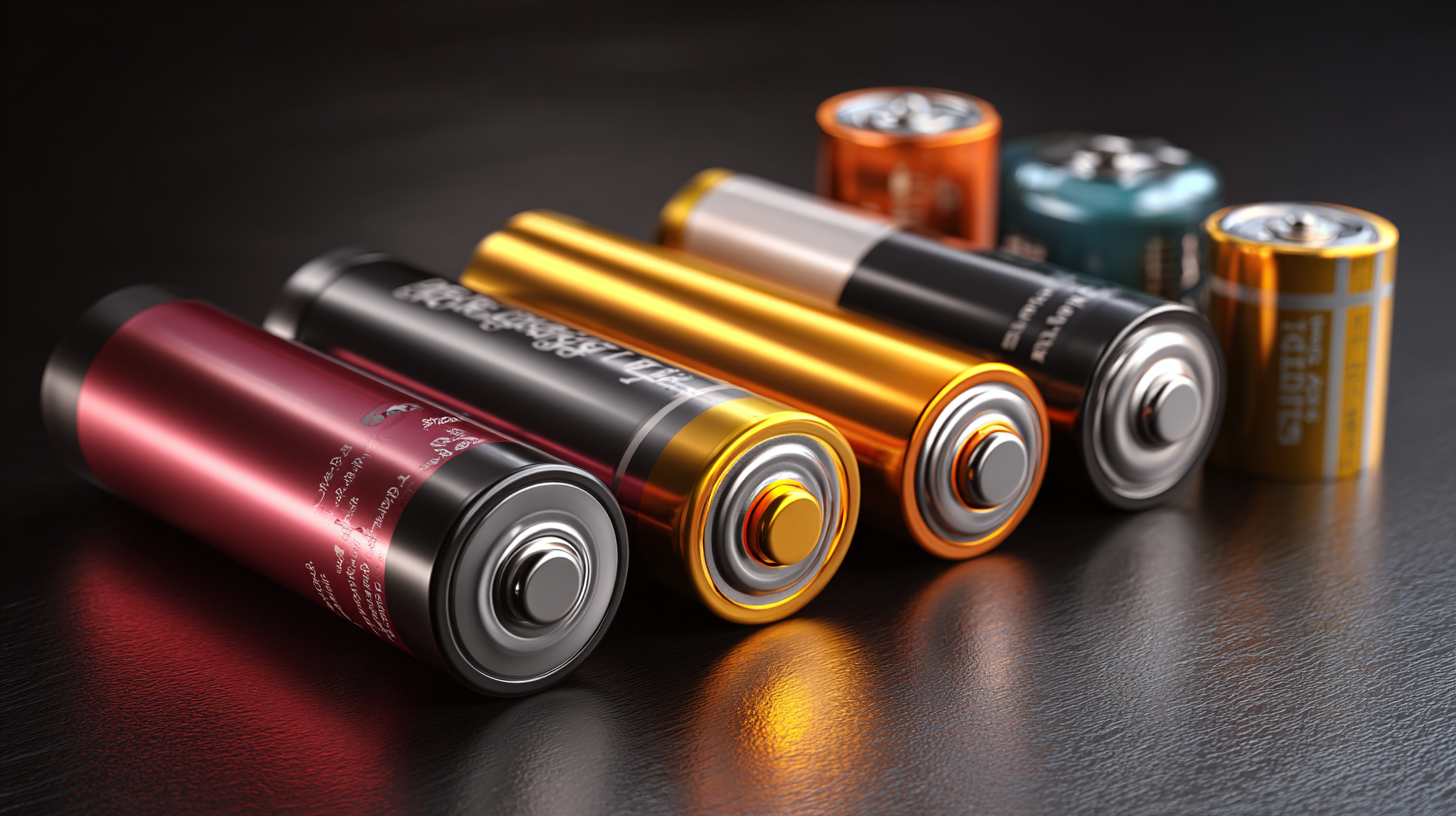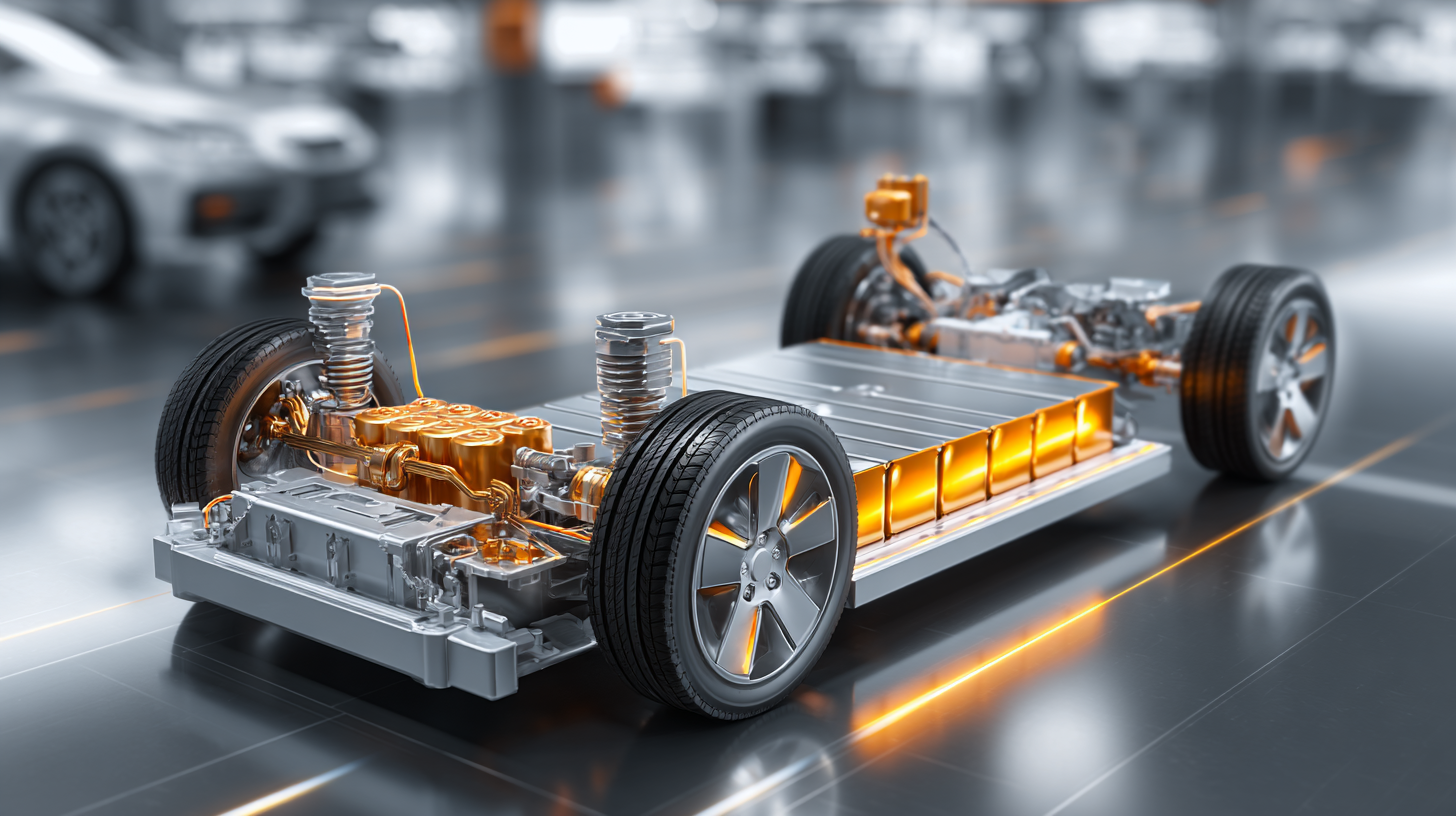Future Trends in Best Lithium Ion Battery Market Analysis for 2025 Insights and Projections
As we look ahead to 2025, the landscape of the Lithium Ion Battery market presents both exciting opportunities and significant challenges. With the growing demand for energy storage solutions driven by advancements in electric vehicles, renewable energy sources, and portable electronics, it is crucial to analyze the future trends that will shape this industry. This blog will delve into emerging alternatives to traditional Lithium Ion Battery technology, exploring innovative materials, new manufacturing techniques, and sustainability efforts. By examining the insights and projections for the coming years, we aim to provide a comprehensive understanding of how these alternatives could influence market dynamics, enhance performance, and potentially reshape consumer expectations while addressing environmental concerns. Join us as we navigate these critical themes and envision a future where Lithium Ion Batteries evolve to meet the needs of an increasingly electrified world.

Emerging Technologies Driving Lithium Ion Battery Innovation by 2025
The lithium-ion battery market is poised for significant advancements by 2025, driven by emerging technologies that promise enhanced efficiency and sustainability. According to a report by Fortune Business Insights, the global lithium-ion battery market is projected to reach $100 billion by 2025, fueled by the growing demand for electric vehicles (EVs) and renewable energy storage solutions. Innovations like solid-state batteries and advanced anode materials are leading the charge toward higher energy densities and faster charging times, transforming how we approach energy storage.
Another critical development is the integration of artificial intelligence (AI) in battery management systems. By leveraging AI algorithms, manufacturers can optimize the charging and discharging cycles, thus extending the overall lifespan of lithium-ion batteries. As reported by Markets and Markets, the AI in the battery industry is anticipated to grow at a CAGR of 19.7%, highlighting the critical role that technological advancements will play in shaping the market landscape. These innovations not only promise to enhance battery performance but also contribute to the reduction of environmental impacts, aligning with global sustainability goals.
Projected Market Growth for Lithium Ion Batteries: Key Figures and Trends
The lithium-ion battery market is poised for significant growth, with projections indicating a notable increase in demand through 2025. According to recent industry analysis, the market is expected to expand due to various applications, including electric vehicles (EVs) and industrial uses. The overall market size for lithium-ion batteries is shifting, with expectations that it will account for a significant share in the performance battery sector, surpassing traditional technologies like lead-acid batteries. This growth is further underscored by a projected compound annual growth rate (CAGR) that captures the increasing adoption of renewable energy sources and electric mobility.

Furthermore, the EV battery testing market is also experiencing rapid growth, anticipated to reach USD 9.51 billion by 2030, up from USD 3.35 billion in 2024. This remarkable CAGR of 19.0% highlights the rise in technological advancements and regulatory frameworks aimed at battery performance and safety standards. The emergence of alternatives like sodium-ion batteries also raises questions about competition in the sector, presenting potential shifts in cost and efficiency as these technologies develop. As such, stakeholders must closely monitor these trends and figures to stay ahead in the dynamic landscape of battery technologies.
Sustainability and Recycling in the Lithium Ion Battery Industry: Future Directions
The lithium-ion battery (LIB) industry is undergoing significant transformation, particularly concerning sustainability and recycling practices. As the adoption of electric vehicles accelerates, projections indicate that the recycling capacity for lithium-ion batteries must increase by a staggering 50 times over the next decade. This expansion is crucial to manage the increasing volume of decommissioned LIBs and to ensure that valuable materials are effectively recovered and reused. Reports suggest that the Chinese battery recycling market alone is expected to reach a size of USD 5.5 billion by 2035, with a robust growth rate of 23.34% CAGR, highlighting the urgent need for enhanced recycling infrastructures.

Moreover, innovative technologies are being explored to improve the efficiency of battery recycling processes. A critical review has emphasized advances in thermal reduction technology, which shows promise in effectively processing spent lithium-ion batteries. These advancements are key in tackling the challenges posed by the rise in decommissioned battery units from the burgeoning new energy vehicle sector. With the global focus shifting towards sustainable practices, the lithium-ion battery market's future will increasingly hinge on effective recycling strategies that not only mitigate environmental impact but also drive economic growth in the circular economy.
Market Dynamics: Key Players and Competitive Landscape Analysis for 2025
The lithium-ion battery market is expected to witness significant growth by 2025, driven by increased demand across various sectors including consumer electronics, automotive, and energy storage systems. According to industry reports, the global market size for lithium-ion batteries was valued at approximately USD 44 billion in 2020, and it is projected to grow to USD 70 billion by 2025, reflecting a compound annual growth rate (CAGR) of around 10%. This growth is largely attributed to the rise in electric vehicle (EV) adoption and advancements in battery technologies that enhance energy density and reduce charging times.
The competitive landscape in the lithium-ion battery market is becoming increasingly dynamic, with key players investing in innovative solutions to capture greater market share. Companies are focusing on the integration of artificial intelligence (AI) to optimize battery performance and lifecycle management. As highlighted in various market analyses, major manufacturers are implementing AI algorithms that facilitate real-time monitoring and predictive maintenance, significantly improving operational efficiency. The increasing availability of AI-driven virtual assistants and machine learning applications in battery management systems is expected to further propel market growth, driving the competitive dynamics of the industry leading up to 2025.
The Impact of Electric Vehicles on Lithium Ion Battery Demand and Market Shifts
The electric vehicle (EV) revolution is reshaping the lithium-ion battery market, pushing demand to new heights. According to a report by BloombergNEF, EV sales are projected to reach 27 million units by 2030, leading to an increase in lithium-ion battery demand to approximately 1,700 GWh annually. This surge in production is not merely a reflection of growing consumer preferences but also driven by stringent government regulations aimed at reducing carbon emissions. The shift toward sustainable transportation is expected to further incentivize manufacturers to innovate and optimize battery technologies.
Tips for consumers considering an electric vehicle: Look for models that align with your daily needs and ensure they use the most advanced battery technology available, which can significantly enhance efficiency and range. Furthermore, stay informed about government incentives and rebates that can make the transition to EVs more affordable.
As the lithium-ion battery market evolves, industry players are exploring partnerships along the supply chain to ensure the stable sourcing of essential materials such as lithium, nickel, and cobalt. The International Energy Agency forecasts that by 2030, the demand for lithium could increase fivefold. Companies that strategically invest in sustainable mining and recycling technologies will likely gain a competitive edge in the burgeoning market.
